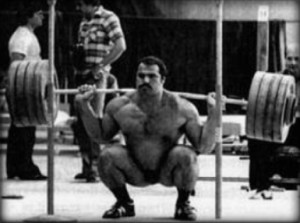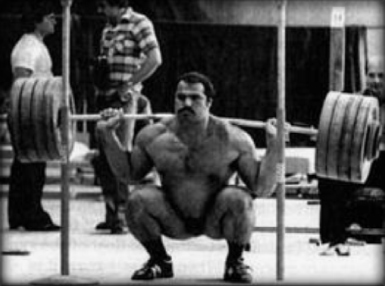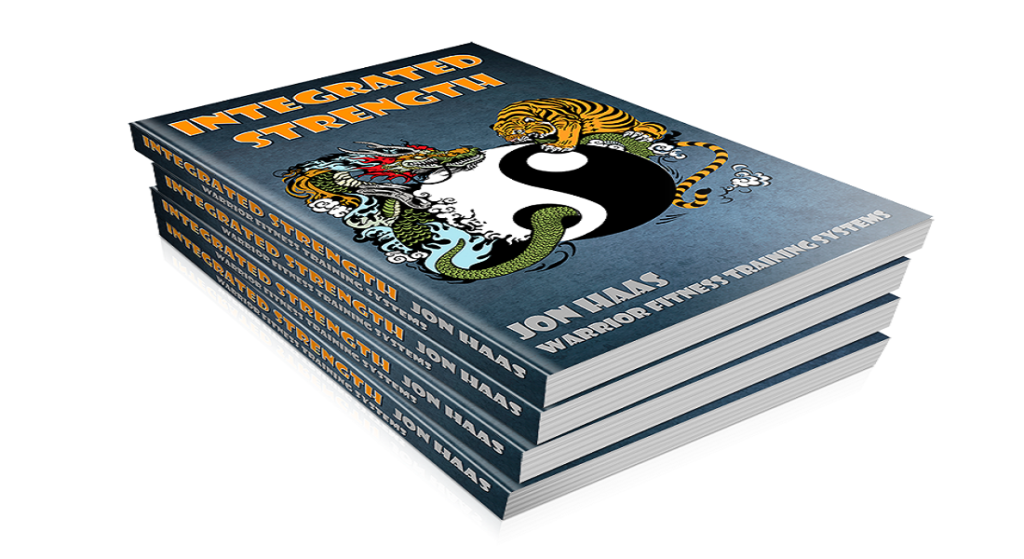In order to truly begin our quest for Integrated Strength, we must first resolve the tension paradox between conventional strength training and internal power…
“Don’t use muscle!”
“No power!”
“Relax!”
“Move naturally!”
These are oft sung refrains in the hallowed halls of many of the softer traditional and internal martial arts. Yet, do the instructors of these arts really mean to tell the students not to use muscle? Considering it’s not possible to move without using muscle, just consult any anatomy textbook, I would venture to say no. What they really mean is for the student to move with less tension.
Localized muscular tension, the inadvertent firing of muscles unnecessary or not useful to the action being performed, is the culprit that inhibits free, fluid martial movement and prevents the internal martial artist from accessing the deeper levels of relaxation and unified, whole body power.
This tension problem has led many teachers and students of these arts to eschew modern methods of strength training as incompatible at best, and perhaps even harmful, to their system’s way of movement and power generation.
Strength Training
In conventional strength training, you must utilize tension to forge the body into a solid unit. This general tension helps to prevent injury and also increase strength through the principle of irradiation. The more tension you are able to recruit, the stronger you are.
“Tension = Force. The tenser your muscles are, the more strength you display. It is that simple.” – Pavel Tsatsouline, Power to the People
Yet tension and relaxation are both functions of the nervous system. Martial artists seem to be under the impression that if one trains for muscular strength then that person will only ever be able to move with generalized tension and lack the ability to cultivate the relaxed sensitivity required for higher levels of internal power training. But that’s far from true. It’s all about HOW you train. Since tension and relaxation are both opposite poles on the same spectrum, the body can be taught to utilize both appropriately depending upon the situation.
Warrior Fitness teaches many strategies to remove and alleviate excess tension from the muscles after strength training: compensatory movement, mobility, breathing exercises, vibration training, and more.
Another Disconnect
There’s also a disconnect where proponents of soft martial arts (Bujinkan, Aikido, Systema, etc) and internal power training say that their training is only concerned with connective tissue (tendon, ligament, fascia) and that somehow strength training only works muscle to the neglect of connective tissue.
Here’s my thoughts – muscle IS connective tissue. Rather than adopt the traditional body-builder belief system of each individual muscle in isolation, instead look at the body as ONE muscle with hundreds of insertion points. Adopting this belief system allows you to train the body together as one unit (as it was meant to be).
So, rather than classifying resistance training and IP training as separate modalities, perhaps they can be trained together.
How much different is a push test from a back squat anyway?

Both are putting the body under load. Both require the load to be spread out across the system (biotensegrity). The main difference is the belief system behind the training.
Muscles do not know the difference between a bodyweight exercise, a barbell exercise, a kettlebell exercise, or a push test. They only know “on” and “off” – tension and relax. What you are training is actually your nervous system. Therefore, ideally you should be able to use intent to turn on and turn off muscle groups depending on what you are trying to do.
This article is really just the beginning of resolving the tension paradox. So if you have any questions up to this point, let me know now!







1 Comment
jimmi ocean
January 14, 2015Tension and relaxation. Its so integrated into the “philosophy” of good internal artists.
Yin and yang can be thought of as complementary (rather than opposing) forces that interact to form a dynamic system in which the whole is greater than the assembled parts.
One body=one muscle. I like that notion.
Leave A Response